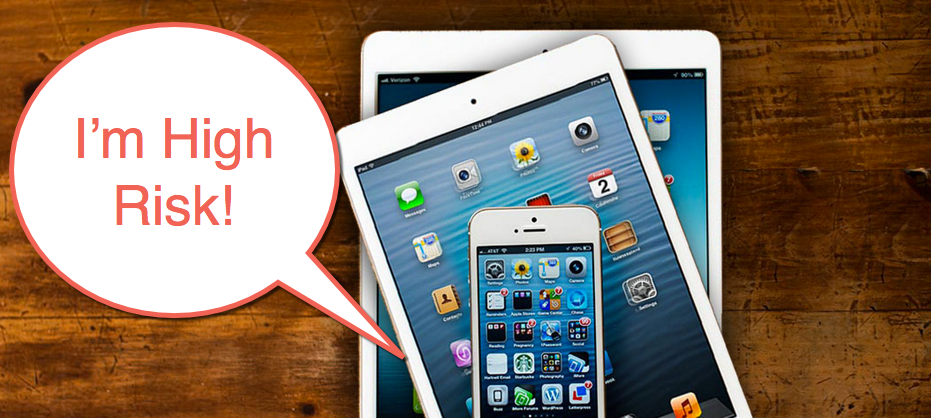Selling Limits: High-Risk Items
High-risk is not the same as illegal. I do not condone the selling of illegal (counterfeit) items on eBay nor do I believe selling said items to be a successful long term business model. Unfortunately high-risk typically involves items that are known to be counterfeit (Hot, Brand New Items) or items that generate a lot of buyer complaints (Expensive Items and Electronics).

What are High-Risk Items?
- Hot, Brand Name Items: Many of the hottest, best-selling brand name items attract the attention of counterfeiters. When most people think of counterfeits, they think of Rolex watches or Louis Vuitton Handbags. But everything is being counterfeited these days, from DVD’s to Crest Toothpaste.
- Expensive Items and Electronics: Electronics, because they tend to be expensive and things can easily go wrong with them, so they generate a good amount of buyer complaints. Expensive items, such as precious gems, jewelry, silver, gold, platinum, rare coins, etc. because all of these can be faked and the buyer may not realize it right away.
What you sell is your business but if that involves counterfeit items I would seriously look to expand onto legitimate more stable products. With the proper research (TeraPeak), you can find items in ANY niche that sell just as well.
When can I list high-risk items?
You never want to start selling high-risk items on a brand new account (read New Account Rules). You need to build up some trust first. Start out with low-risk, non-branded, inexpensive items. As eBay sees that the items have been received by the buyers and have not generated complaints, your selling limits will increase. Slowly start to add a couple of the higher-risk items here and there – but do not overdo it – for 90 days or until your 21 day PayPal holds are lifted.
Note: New accounts are watched very closely. You’ll want to stay away from risky items until your account has built up enough credit with eBay (that means positive buyer feedback, No unresolved eBay Money Back Guarantee requests or PayPal Purchase Protection cases with buyers and having 3-months of selling history). Even with trust built up if eBay suspects counterfeits they will ask questions. They’ll want to verify your identity and know who your suppliers at the very least.
Can I sell more with multiple accounts?
One of the best strategies if you have a lot of high-risk items is to spread your sales over multiple accounts. That way, they are less likely to draw the attention of your competitors (who may try to take you down) or of the trademark, patent or copyright owners. Neither of these people are going to scrutinize accounts that list one item here and there. But if you are constantly re-listing, then they will take an interest in you. Switch eBay accounts after every risky item is sold and let them cool off for as long as you can wait – 3 days, 5 days, 7 days, (the longer the better). How many accounts you will need depends on how many of the item you want to sell and the risk of said item.
How should I write my listings?
You cannot simply copy and paste your listing from one account to the next. Everything must be different – your titles, descriptions, shipping, pictures, categories etc. Using the same information can potentially link your accounts.Change fonts, sizes, layouts and anything else you can think of for the item description on every account. For example, on one account you have pink text and you have a return policy, on another you use eBay’s auction templates, write an extremely detailed description and use your own hosting for images. On a third account you have a black background with white text, have a short description and use all capitals in the title. Be creative! You are totally different people!
Next we’ll discuss SSN requirements (US sellers).
